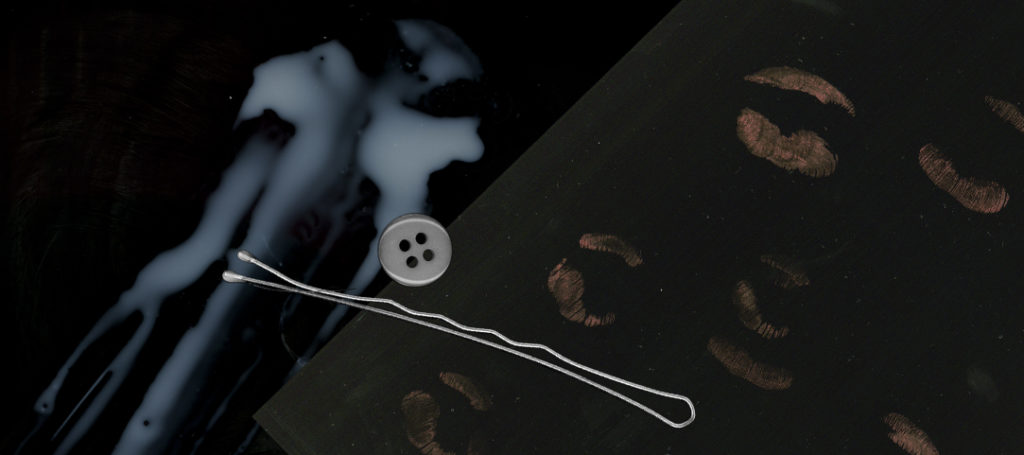
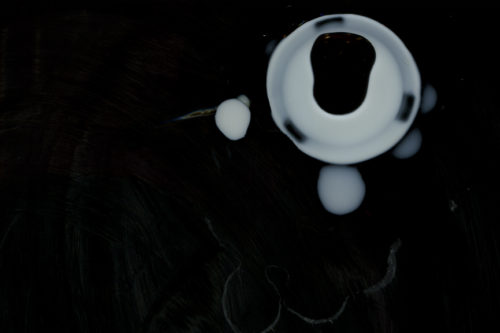 From the first moment we were refusing the digital manipulation of images, all frames needed to come out from the copier untouched. However. there was an element of the movie where we just had to use extra layers. This was the pile of dust, dirt, hairs, fluids, which the main characters leave behind. It was not realistic that we would be able to influence the path of every small scrap of paper while also instructing the poor actors. And even is we decide to shoot the dust on set, that meand that we won’t be able to change the order of the images during editing.
From the first moment we were refusing the digital manipulation of images, all frames needed to come out from the copier untouched. However. there was an element of the movie where we just had to use extra layers. This was the pile of dust, dirt, hairs, fluids, which the main characters leave behind. It was not realistic that we would be able to influence the path of every small scrap of paper while also instructing the poor actors. And even is we decide to shoot the dust on set, that meand that we won’t be able to change the order of the images during editing.
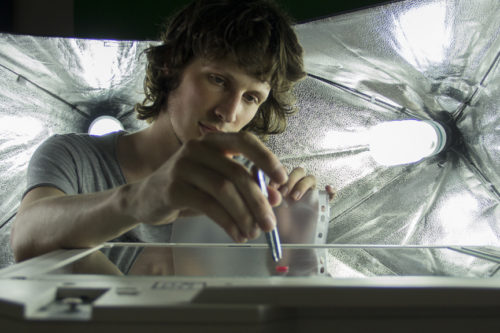 Because of that, on the set we were doing our best to make the environment as clear as possible. After every take we washed the top of the machine with alcohol, which was not the best for Rebeka Valu, who, occasionally needed to lick the glass. On the actor-free days of the shooting we planned and recorded the path of all pieces of dirt one by one. From the very first moment, we intended to give an important role to these elements. At one point in the story, for instance, one of the buttons of the heroine’s shirt falls down. The button then stays in the picture for a long time, sliding back and forth on the glass depending on what our heroes are doing, and when Rebeka lies on it, the button scratches the copier’s glass. After that, the scratch remains there in the rest of the film.
Because of that, on the set we were doing our best to make the environment as clear as possible. After every take we washed the top of the machine with alcohol, which was not the best for Rebeka Valu, who, occasionally needed to lick the glass. On the actor-free days of the shooting we planned and recorded the path of all pieces of dirt one by one. From the very first moment, we intended to give an important role to these elements. At one point in the story, for instance, one of the buttons of the heroine’s shirt falls down. The button then stays in the picture for a long time, sliding back and forth on the glass depending on what our heroes are doing, and when Rebeka lies on it, the button scratches the copier’s glass. After that, the scratch remains there in the rest of the film.
The last visual layer of the film was the paper texture. As the film was digitally produced, there was no intermediary paper that could have left its mark on it. If we ever looked closely at a photocopied paper, there is a subtle microtexture that we wanted to show in the film. That’s why I picked up a white sheet of paper, I copied it in a traditional paper-based way, then copied the photocopy again and so on. After about 100 turns, the photocopy was completely black. So we had 100 pages with a wide variety of textures.
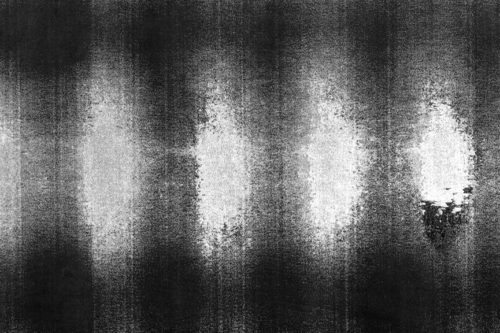 On the set, the pictures taken with the actors contained all the necessary distortions, but they were very clean, with high contrast, as though they were actually captured by a camera. We applied the appropriate dirt layer to each frame. Finally, we put a layer of paper texture on the whole, which made the necessary contrast and character of the photocopied images. After digitaly adding the scanner module, the visual world of the film was completed.
On the set, the pictures taken with the actors contained all the necessary distortions, but they were very clean, with high contrast, as though they were actually captured by a camera. We applied the appropriate dirt layer to each frame. Finally, we put a layer of paper texture on the whole, which made the necessary contrast and character of the photocopied images. After digitaly adding the scanner module, the visual world of the film was completed.
Tamás Kőszegi
photos: Diána Nagy

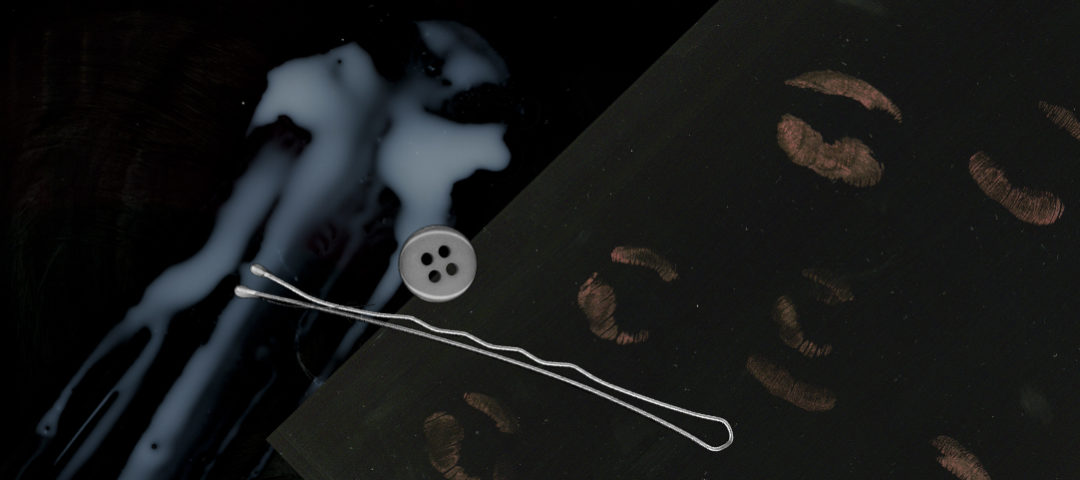
You must be logged in to post a comment.